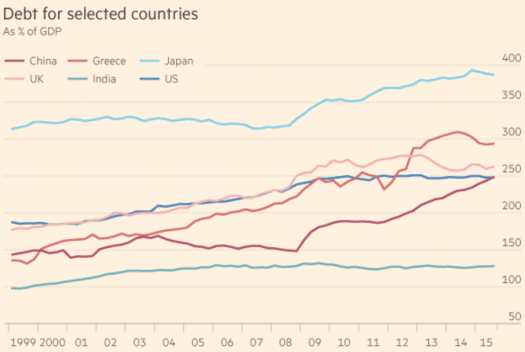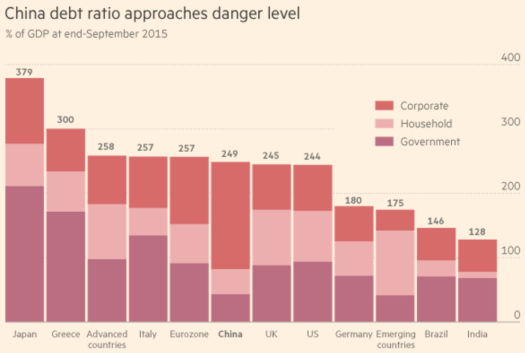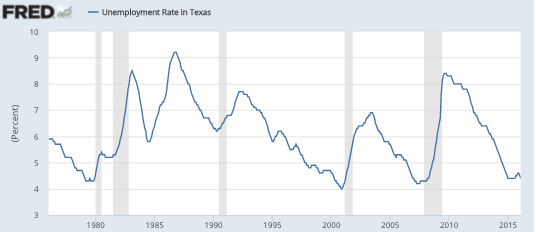[There’s a certain type of right-winger that I don’t care for. He (it’s usually a man) views some races as superior at governing. There’s a certain type of left-winger I don’t care for. She seems to blame almost all the world’s problems on white people, especially white men. Given how my past political posts have occasionally been misinterpreted, I’d should probably encourage people to read the following post as an attempt to satirize both groups.]
America is a great country, but it does have one flaw—too many white voters. In 2000 and 2004, white voters gave us George Bush. In 2008, whites wanted Hillary Clinton, but blacks insured that the nomination went to the less militaristic Obama. Then in the general election, white voters opted for McCain (by a near landslide margin of 12%), but minority voters saved us from electing a President that never saw a Middle Eastern war that he didn’t want the US to enter.
This time around, Hillary was the less objectionable Democrat, running against a socialist with loony views on economics. White voters like Sanders, but the more sensible African-American community saved America from socialism. (Polls showed Sanders easily beating Trump, had he gotten the nomination).
In the general election, it’s quite possible that whites will go for Trump, perhaps the most appalling buffoon to ever run for the presidency, at least since the Civil War. And let’s not even talk about white males, the dumbest of the dumb. I’m once again counting on sensible African-Americans to bail us out in November. Fortunately, there is good news on that front:
Gov. Terry McAuliffe today signed an order restoring the voting rights of 206,000 ex-felons, a sweeping action the governor said was aimed at rectifying Virginia’s “long and sad history” of suppressing African-American voting power.
Virginia is a swing state, so this is really good news. And here is more good news:
Garvey, vice president of the Harvard Republican Club, is one of many conservative college students dispirited with the presidential race because of the GOP’s controversial front-runner, Donald Trump. Now faced with the prospect of a Trump nomination, Garvey and other college Republicans say they may do the unthinkable in November: Vote for Hillary Clinton.
Whites seem to have appallingly bad judgment when it comes to presidential politics. Fortunately, we are getting a steady flow of Hispanic and Asian and African immigrants, and so the electoral strength of my “problematic” ethnic group will become diluted over time. I hope it happens fast, as we can’t keep relying on African American voters to bail us out every single election cycle. This madness must end. We need a “minority majority” now!
PS. Donald Trump’s top aides now claim that he’s a fraud, that he has just been pretending to be a buffoon:
Donald Trump’s chief lieutenants told skeptical Republican leaders Thursday that the GOP front-runner has been “projecting an image” so far in the 2016 primary season and “the part that he’s been playing is now evolving” in a way that will improve his standing among general election voters.
PPS. Say what you will about my over-the top trashing of Trump, but even Trump’s supporters cannot deny that when I say one of his political position is insane, it’s an excellent predictor of Trump abandoning the position. Last week Trump was committed to paying off the national debt in 8 years. Today he’s abandoned that commitment, as he will later abandon almost all of his other commitments.
Douglas Holtz-Eakin, a former director of the Congressional Budget Office and economic policy adviser to Republican John McCain’s 2008 presidential campaign, cast doubt on the viability of Trump’s old and new positions.
“Under current law, the debt will rise by 50 percent ($14 trillion to $21 trillion) by 2024,” he said in an e-mail. “He has proposed an enormous tax cut, promised to not touch either Social Security or Medicare, and is committed to bigger defense spending. His initial promise was preposterous and would not happen. This one is dubious as well.”
The best predictor of Trump’s positions once he becomes president is to consider his political views at the time when he was a big fan of Nancy Pelosi, only disappointed by her failure to impeach Bush. In other words, Pelosi wasn’t left wing enough for Trump. Perhaps Rush, Fox News, et al, are secret socialists.
 At first I thought the low price might reflect a run down interior, which was out of step with the times. Wright’s buildings often deteriorated over time, due to poor quality construction. But a slideshow over at Huffington Post shows a beautiful interior, with a nice updated kitchen. (It’s worth checking out).
At first I thought the low price might reflect a run down interior, which was out of step with the times. Wright’s buildings often deteriorated over time, due to poor quality construction. But a slideshow over at Huffington Post shows a beautiful interior, with a nice updated kitchen. (It’s worth checking out).




